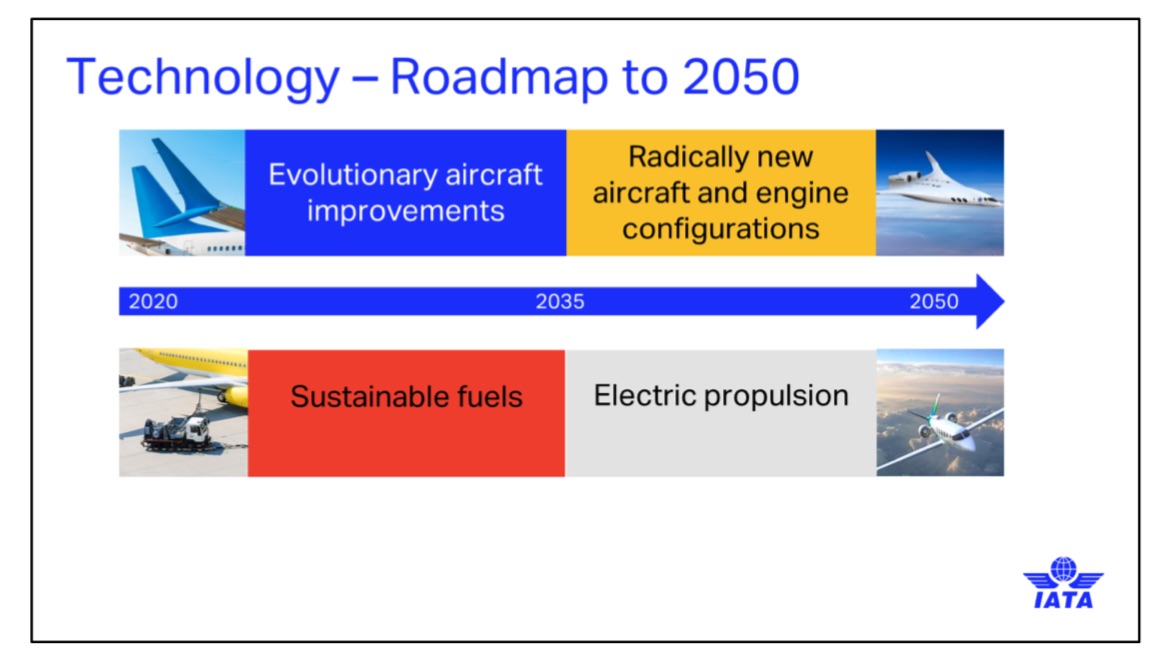International Air Transport Association (IATA) will shortly launch a new campaign designed to spread the message the work airlines are doing to reduce their carbon footprint, director general and chief executive Alexandre de Juniac says.
Aviation, which represented about two per cent of man-made carbon dioxide emissions, has been in the spotlight in recent times amid a nascent “flight shaming” movement alongside calls to reduce or stop flying. The movement had its origins in Western Europe and was growing around the world.
Earlier in 2019, the Swedish government started asking people to reconsider the need to fly.
The initiative – known as Flygskam or flight shame – has led to declining passenger numbers, according to figures from the country’s airports. Meanwhile, rail numbers have increased.
It supporters include school student and environmental activist Greta Thunberg, who sailed from Europe to New York to attend a recent United Nations summit on climate change.
de Juniac said a new communications campaign to explain what aviation has done over the past 10 years to reduce carbon dioxide emissions and and what targets it has set for the years ahead was almost ready to go.
IATA was coordinating the campaign that also involved stakeholders such as airports, air navigation service providers, aircraft manufacturer and airlines.
Its aim was to reach those “outside the borders of the aviation circles”.
“Because what I have seen everywhere is that within the aviation circle everybody is aware of what we are doing and proud and probably arrogant,” de Juniac told reporters on the sidelines of the IATA global media days in Geneva on Thursday (European time).
“But outside, nobody is aware of what we are doing. They don’t know at all that we have been working on that issue for 10 years, that we have these commitments for 2020 and 2050. Nobody knows.”
“So it has heavily contributed to the blame we are facing now for one year, the flight shaming and all that stuff.”
VIDEO: KLM Royal Dutch Airlines’ Fly Responsibly advertisement from the airline’s YouTube channel.
de Juniac said a recent IATA survey found about 40 per cent of respondents were unlikely to change their flying habits in response to environmental concerns, while 20 per cent were planning to fly less in response to worries about carbon dioxide emissions.
The remaining 40 per cent represented those travellers who were somewhat uncomfortable about flying and wanted to know if they could get on a plane without polluting or harming environment. de Juniac said these travellers were the main target of the campaign.
“I think the next step should be to be proud to fly because we are reducing our carbon footprint,” de Juniac said.
“In other words, we will be able to say in a few years if everything goes in the direction we are working on, we fly more and we produce less.”
The aviation industry has committed to reduce its carbon footprint through the landmark Carbon Offsetting and Reduction Scheme for International Aviation (CORSIA) that was agreed to by the overwhelming number of the International Civil Aviation Organisation’s (ICAO) 191 member states in October 2016.
Some 73 nations, including Australia, New Zealand and Papua New Guinea in this part of the world, have agreed to be part of CORSIA from the start.
The CORSIA agreement has among its targets for the industry to achieve carbon neutral growth from 2020, in addition to a 50 per cent reduction in CO2 emissions by 2050, compared with 2005 levels.
IATA said CORSIA was estimated to reduce emissions by about 2.5 billion tonnes over the lifetime of the scheme.
ICAO has also come up with a CO2 emissions standard, where aircraft will have to meet a maximum fuel burn per flight kilometre baseline which must not be exceeded. The standard would apply to new aircraft designs from 2020, while new deliveries of current in-production aircraft models would be subject to the CO2 standard from 2023.
Further, the ICAO measure also recommended a cut-off date of 2028 for production aircraft that did not comply with the standard.
And annual reporting by airlines of emissions on international flights began on January 1 2019.
In addition to the CORSIA targets, the IATA has set a target of reducing carbon emissions per passenger by 1.5 per cent per year from 2009 to 2020, as well as aspirations to build an aircraft that produced no emissions within 50 years.
Figures from IATA showed carbon emissions per passenger had declined by 50 per cent since 1990, with much of the reduction due to an annual fuel efficiency improvement of 2.3 per cent since 2009.

de Juniac said he would be open to meeting Thunberg, who famously sailed across the Atlantic Ocean to attend a United Nations climate action summit in New York earlier in 2019.
He described the 16-year-old Swedish activist and 2019 Time person of the year as a “talented person”.
“I am personally wondering whether I should write her and meet her. Just to talk,” de Juniac said. “I think I should do it. Perhaps she will not be interested, perhaps she will be.”
“If we haven’t directly explained our position we cannot complain about not being heard and not being listened to.”
.@GretaThunberg is TIME's 2019 Person of the Year #TIMEPOY https://t.co/YZ7U6Up76v pic.twitter.com/SWALBfeGl6
— TIME (@TIME) December 11, 2019










